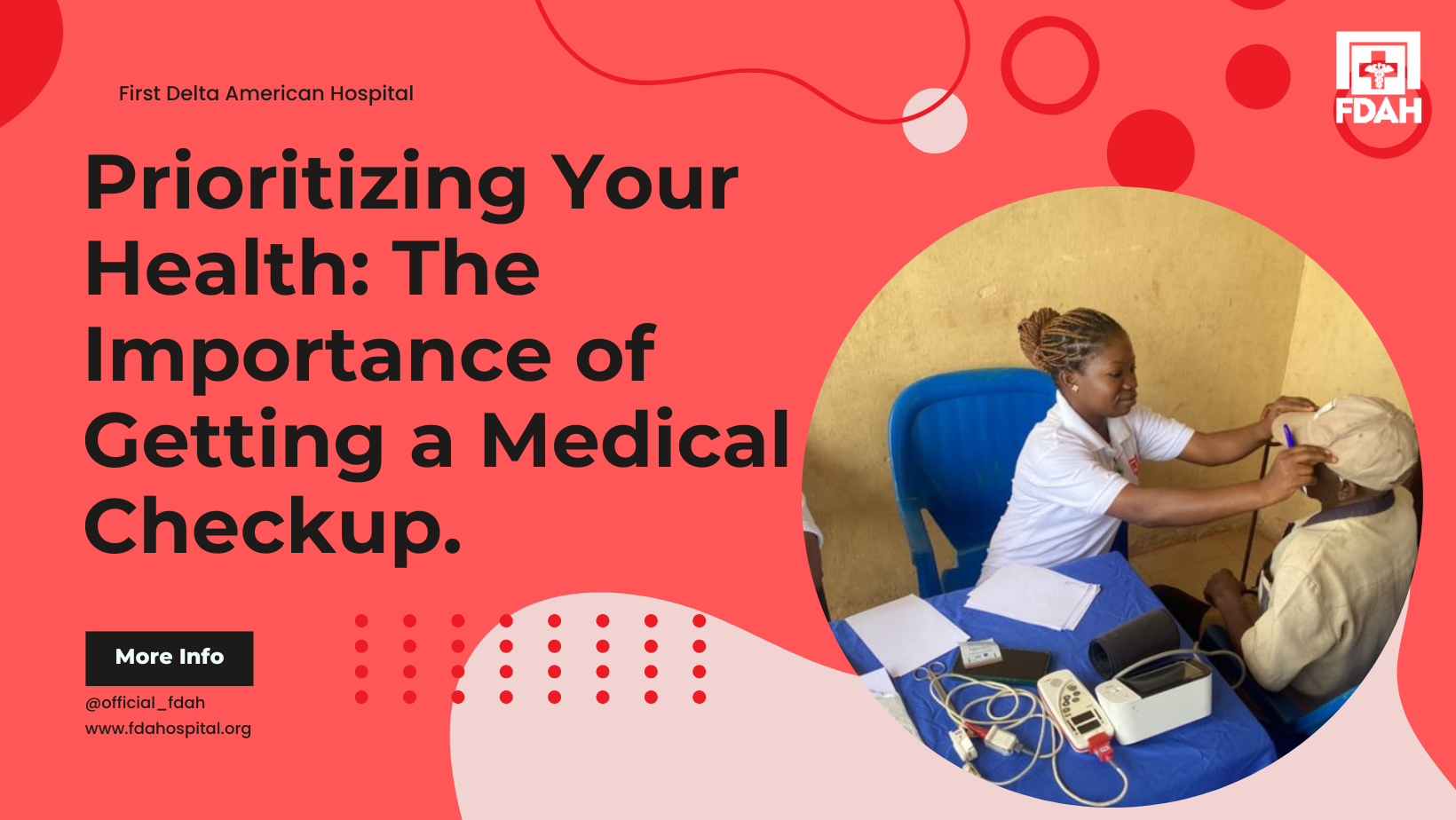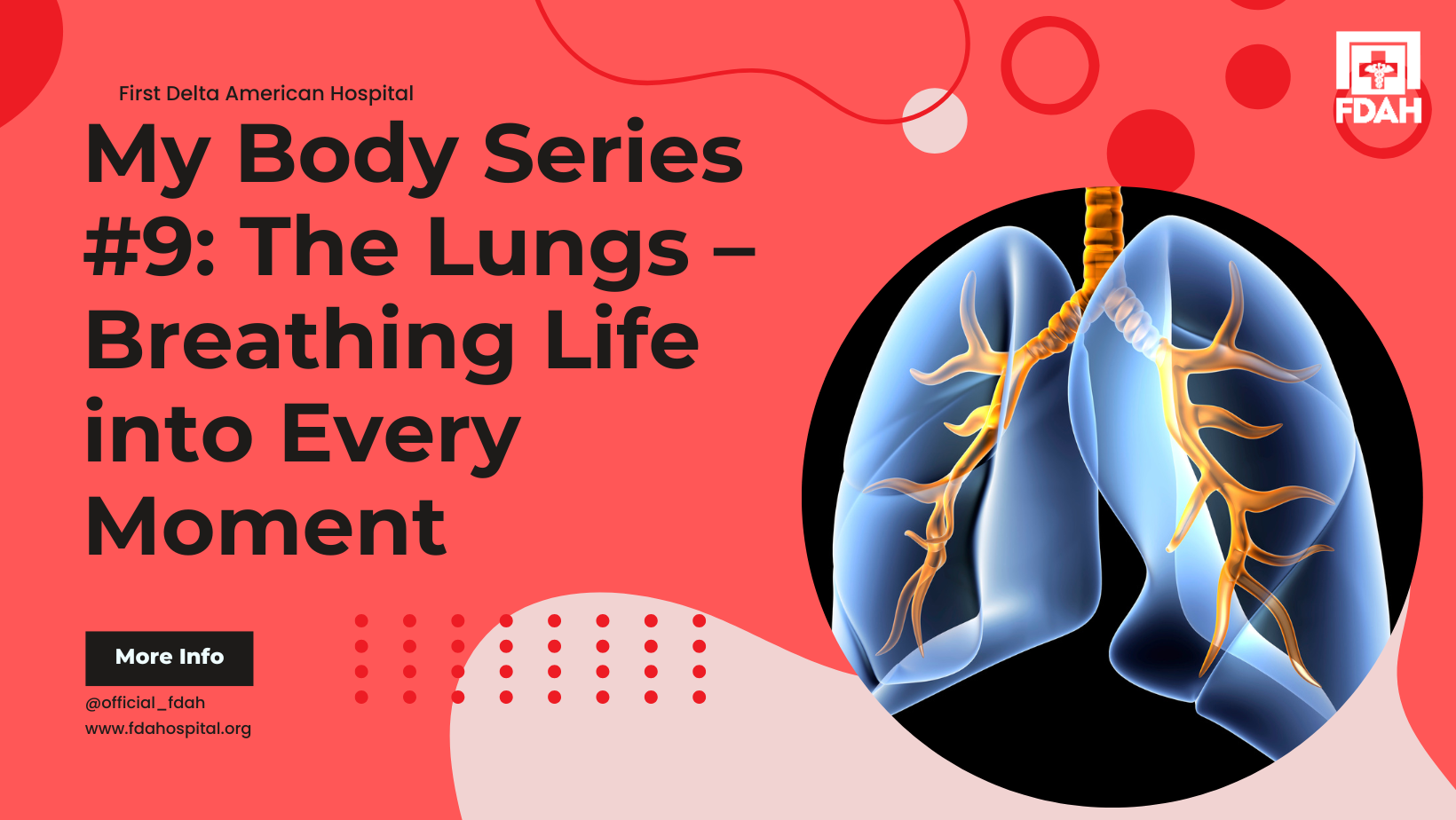Hello everyone and welcome back to the ‘My Body’ series where we look at various parts of the body and try to understand how they work. This week we look at the skeleton, the structural frame that supports the body of most animals. For the purpose of this article, we’ll be looking at the endoskeleton and not the exoskeleton, which is the outer shell of an organism. Please note, we will be solely analyzing the human skeleton as well for this article.
What is a Skeleton?
A skeleton is the supportive framework of an animal body. In vertebrates such as humans, this is made up of several tissues such as ligaments, tendons, cartilage and bones. The various tissues are often called connective tissues, because they are fibrous substances that form the joints, which connect bone to bone and bone to muscle, enclose muscle bundles, and attach the internal organs to the supporting structure. The skeleton provides structural support, protects vital organs, and enables body movement.
Structure and Support
The skeleton serves as the structural framework of the human body, providing support and shape. It forms the solid base that holds all other tissues and organs in place. The axial skeleton, consisting of the skull, vertebral column, and rib cage, provides protection for vital organs such as the brain, spinal cord, and heart. The appendicular skeleton, including the limbs and their associated bones, allows for mobility and dexterity.
Bone Composition and Development
Bones are complex living tissues composed of minerals, collagen, and cells. They undergo a continuous process of remodeling, with old bone tissue being broken down and replaced by new bone tissue. This remodeling process ensures the strength and integrity of the skeleton. During childhood and adolescence, bone growth occurs, with the skeleton reaching its peak density and strength in early adulthood.
Functions of The Skeleton
The skeleton has a lot of major roles it plays in the body,
- Protection of Vital Organs: The skeleton plays a crucial role in safeguarding vital organs. The skull shields the brain, while the rib cage protects the heart and lungs. The spinal column surrounds and supports the spinal cord, allowing for its safe passage and protecting it from injury. These protective functions are essential for maintaining the health and proper functioning of the body’s vital systems.
- Blood Cell Production: Within the bone marrow, a soft tissue found inside certain bones, red and white blood cells, as well as platelets, are produced. This process, known as hematopoiesis, is vital for the body’s immune system, oxygen transport, and blood clotting mechanisms. The bone marrow’s ability to generate these blood cells is crucial for overall health and survival.
- Muscle Attachment and Movement: Bones serve as attachment sites for muscles, tendons, and ligaments, allowing for movement and locomotion. Muscles attach to bones via tendons, and when muscles contract, they pull on the bones, causing movement at the associated joints. The unique structure of each bone determines the range of motion and flexibility at different joints, enabling a vast array of movements.
- Mineral Storage and Homeostasis: Bones act as reservoirs for essential minerals, including calcium and phosphorus. When blood levels of these minerals are low, the body can withdraw them from the bones to maintain proper physiological function. This process helps regulate mineral homeostasis, ensuring optimal levels for various bodily processes such as nerve transmission, muscle contraction, and bone health.
Aging and Bone Health
As we age, maintaining optimal bone health becomes increasingly important. Aging leads to a gradual loss of bone density and strength, resulting in conditions such as osteoporosis. To maintain strong and healthy bones throughout life, it is crucial to engage in weight-bearing exercises, consume a balanced diet rich in calcium and vitamin D, and avoid factors that contribute to bone loss, such as smoking and excessive alcohol consumption.
Taking Care of Your Skeleton
A balanced diet plays a crucial role in maintaining strong and healthy bones. Ensure you consume adequate amounts of calcium, which is essential for bone formation. Good sources of calcium include dairy products, leafy green vegetables, and fortified foods. Additionally, vitamin D helps your body absorb and utilize calcium effectively. Include foods rich in vitamin D, such as fatty fish, eggs, and fortified dairy products, or consider getting natural sunlight exposure. Other nutrients like magnesium, phosphorus, and vitamin K also contribute to bone health, so aim for a varied and nutrient-dense diet.
Engaging in weight-bearing exercises and activities that put stress on your bones helps promote bone strength and density. Incorporate activities like walking, running, dancing, or resistance training into your routine. These exercises encourage the bones to adapt and become stronger. Balance exercises and activities that improve flexibility and posture are also important to maintain stability and reduce the risk of falls and fractures. Aim for at least 150 minutes of moderate-intensity aerobic exercise per week, along with strength training exercises targeting major muscle groups at least twice a week. Consult with a healthcare professional before starting any new exercise regimen.
Conclusion
The human skeleton is a remarkable structure that provides the framework on which our bodies are built. It offers support, protection, and the ability to move and perform daily activities. Understanding the functions and significance of the skeleton is essential for appreciating its role in maintaining overall health and well-being. By nurturing our skeletal health through proper nutrition, exercise, and lifestyle choices, we can ensure the longevity and vitality of this incredible framework that supports us throughout our lives. If you liked reading make sure to leave a comment and let us know what you thought about the article. Have a fantastic week ahead!




